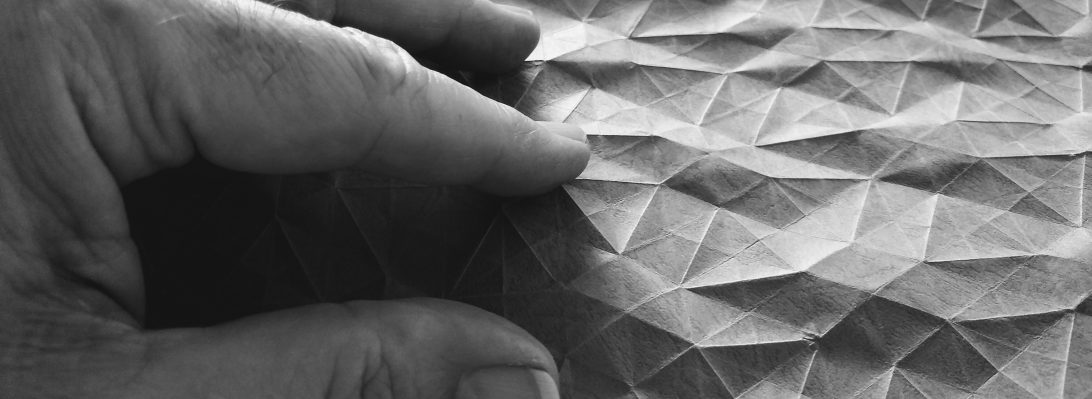Flipping through Makoto Yamaguchi’s “Origami Dragons Premium”, as one does, I stumbled across a lovely Wyvern, designed by Chuya Miyamoto:

Digging through my paper stash I found the perfect sheet for this model, a purple spotty Do paper that was part of a prize I won from Phạm Hoàng Tuấn’s Vietnamese origami paper shop pre-pandemic, so decided to give it a whirl.

My philosophy when approaching a super-complex origami design is based around “fuck around and find out” or more politely “fold until I finish or it fails”, and this model was a real treat.
A truly great design and fold sequence takes into account the material, not overly stressing it, managing accumulating layers and locking things together to keep things tidy. This design was so satisfying to fold, and in combination with the paper choice the resultant model is stunning.
Continue reading






























